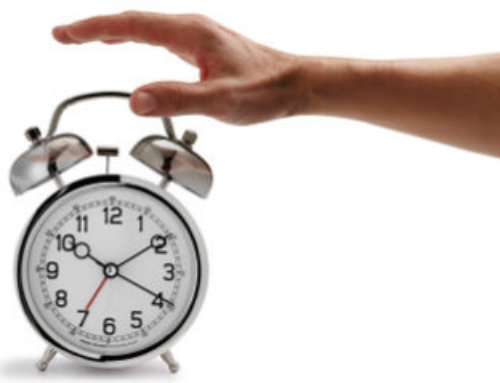CONTACT: Doug Dusik, 630-737-9700 ext. 9345, ddusik@aasm.org
DARIEN, IL – Sleep duration has a significant association with feelings of external pressure to obtain or maintain a thin body among adolescent girls, especially those who are white, suggests a research abstract that will be presented Tuesday, June 14, in Minneapolis, Minn., at SLEEP 2011, the 25th Anniversary Meeting of the Associated Professional Sleep Societies LLC (APSS).
Results show that pressures to have a thin body from girlfriends and from the media significantly predict sleep duration and account for 4.5 percent of the variance in hours of sleep for adolescent girls. When results were divided and analyzed by ethnicity, these pressures to be skinny were significantly predictive of sleep duration for white girls, but not for black or Hispanic girls. Together, the two predictors shared six percent of the variance in hours of sleep among white adolescent girls, with the strongest predictor being pressure to be skinny from girlfriends.
“There is a significant amount of research in other areas regarding pressure on adolescent females to minimize body weight, but this pressure as it relates to sleep health is a less-explored topic and its consequences are mostly unknown,” said principal investigator Katherine Marczyk, a doctoral student in clinical health psychology and behavioral medicine at the University of North Texas in Denton, Texas. “These results are important as this discovery could be one of the first steps in this research.”
Marczyk and co-author Allison Wilkerson led the study, which is a secondary analysis from a larger study led by North Texas professor Trent Petrie, PhD. It involved 789 female middle-school students from a suburban school district in Texas. Their mean age was about 12 years. About 60 percent of participants were white, 26 percent were Hispanic and 10.5 percent were black.
Participants completed the Perceived Sociocultural Pressure Scale, which assesses how much pressure an individual has felt to lose weight and have a thin body. The scale also evaluates the potential sources of this pressure, including peers, friends, family and the media. Sleep was assessed using the Pittsburgh Sleep Quality Index, which is the most commonly used measure of sleep in epidemiological studies. A linear regression was used to assess the degree to which perceived sociocultural pressure predicts hours of sleep.
According to the authors, losing sleep could put adolescent girls at risk for other health problems. In particular, decreased sleep has been linked to increased anxiety and depression.
The SLEEP 2011 abstract supplement is available for download on the website of the journal SLEEP at https://www.journalsleep.org/ViewAbstractSupplement.aspx.
A joint venture of the American Academy of Sleep Medicine and the Sleep Research Society, the annual SLEEP meeting brings together an international body of more than 5,000 leading clinicians and scientists in the fields of sleep medicine and sleep research. At SLEEP 2011 (www.sleepmeeting.org), more than 1,000 research abstract presentations will showcase new findings that contribute to the understanding of sleep and the effective diagnosis and treatment of sleep disorders such as insomnia, narcolepsy and sleep apnea.
Abstract Title: Are adolescent girls losing sleep over pressures to look thin?
Abstract ID: 0843
Presentation Date: Tuesday, June 14, 2011
Presentation Type: Poster – #179
Presentation Time: 10:30 a.m. – 11:30 a.m.
###








